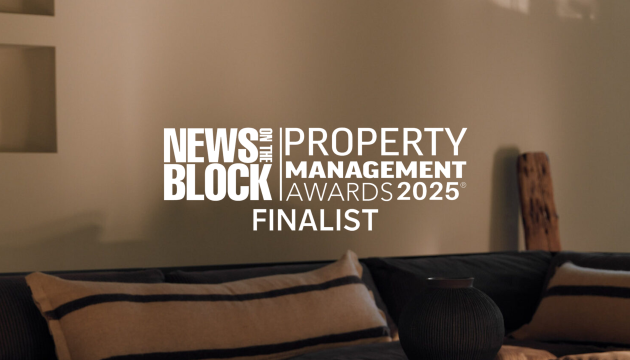We’re all familiar with accreditations assessing energy efficiency, sustainable construction, and environmental impact (EPC, BREEAM, SKA to name a few). These are becoming widely adopted as industry standard.
At TSP, we believe our workplace should not only be planet-friendly, but people-friendly too. Organisational health and wellbeing should be the beating heart.
Given we spend 90% of our time indoors – there’s a lot riding on the four walls tenants dwell in daily.
So, how can accreditations help? WELL Building Standard and Fitwel are two rating systems which consider people-focused design and are invested in company’s most valuable assets: employees.
WELL Building
Launched in 2015, WELL Building Standard is the world’s first accreditation focused exclusively on advancing human health and wellness. Backed by latest scientific research, WELL sets pathways to support physical and mental health across 11 core concepts:
- Air
- Water
- Nourishment
- Light
- Movement
- Thermal Comfort
- Sound
- Materials
- Mind
- Community
- Innovation
Operational protocols, company-wide practices, and design interventions are rigorously assessed and verified by a third party.
Fitwel
Launched in September 2020, Fitwel has already positively impacted health across more than 100 million sq ft of real estate, in more than 40 countries. They have identified 63 evidence backed strategies proven to enhance the health and wellbeing of building occupants. The rating system is to be used as a roadmap and professional framework to aid new office design.
WELL Building Standard and Fitwel are more than just credentials or ‘stamps of approval’. They offer substantive value, reconstructing and enriching lives daily.
And this in turn increases occupancy, lease retention, and sales price. On average, WELL accredited buildings increase rents by 10%. In their recent study, they identified that 73% of early adopters of WELL buildings saw faster lease-up rates and 62% saw increases in building values.
Moreover, a sustainability review published in 2020 by MDPI concludes commercial properties with green certification have on average a 6% increased occupancy and 15% higher sales prices.
Nowadays, it’s not enough to say how good you are. You must prove it. Accreditation is a good way to have third-party validation that what you say about your building is legitimate. They provide a differentiated experience and competitive edge in today’s challenging market.
Featured Stories & Insights
 17th November 25
17th November 25
Lessons Learnt from 2025 | by Zac Goodman
The market shifted (again), expectations changed (again), and the way people use space evolved in...
Read More 10th November 25
10th November 25
From Vauxhall to Value: How Aldgate Became London’s Charity Heartland
TSP’s Jonathan shares his perspective on why Aldgate has become the go-to destination for London’s...
Read More 30th October 25
30th October 25
Five Commercial Property Trends for 2026
As 2025 comes to a close, the UK commercial property market has been shaped by...
Read More 13th October 25
13th October 25
TSP Named Finalist at the 2025 Property Management Awards
LONDON, 13th October 2025 – TSP has been shortlisted for Boutique Property Management Company of...
Read More 1st October 25
1st October 25
Greener Offices for Charities
Sustainability has moved from being a “nice to have” to an essential requirement for charities,...
Read More 29th September 25
29th September 25
Community in The Office: Why does it matter?
The Spaces to Places: Voice of the Customer 2025 report makes one thing clear: people...
Read MoreView all